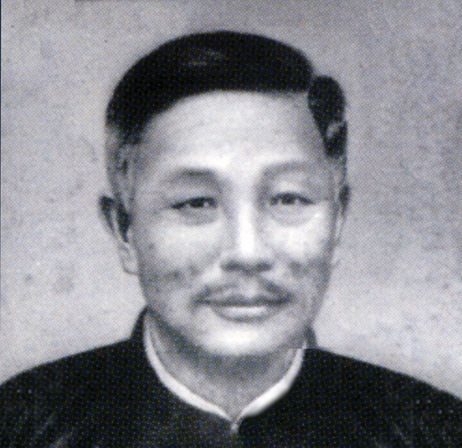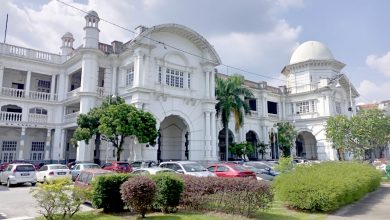

By Ian Anderson
In the National Census of 1901, the British Colonial Government recorded a dramatic increase in the population compared to the previous census just 10 years earlier. In Perak, the state with the largest population, the number of Chinese had leaped by more than 60% to 150,239 and was increasing daily. Perak was running out of rice!
In early 1903, in an effort to feed the ever-increasing numbers of Chinese coolies, the government contracted the Methodist Episcopal Mission in Singapore to set up an agricultural colony, of 10,000 Foochows, in Sitiawan.


Just three months later, bribed with the promise of six acres of land in Malaya, on September 9, 1903 (known locally as “double nine day”, an auspicious day for local Foochows), 303 Christian immigrants landed at a jetty on the Sitiawan River with 60 more arriving one week later. They were to grow rice in the fields around the river. The scheme was a failure as no more volunteers followed the first 363.
True to form, the new immigrants’ plots of land were not ready and there was only a handful of longhouses to house the 363 men, women and children. Nonetheless, the settlers started work, cutting their plots out of the jungle and building their new homes. Six months later, thanks to the missionaries and their colleagues, there was a church, a school, a courthouse and an orphanage, all conducted in the Foochow dialect. The plots were three to four miles from the landing jetty. Kampung Sitiawan had arrived.


The Original, abandoned, Courthouse, in 2003
However, the British never did their homework well enough, for with only three acres of non-fertile land (rather than the promised six acres), the rice harvest was far from abundant and the plan suffered its second failure. The settlers were devoid of their promised livelihood. Consequently, 57 ran away to the tin mines in Kinta Valley (less than 50 miles away) while the remainder struggled on. Fortunately, for the suffering immigrants, this was the beginning of the growth of rubber plantations in Malaya and the remaining families transferred their attention to this new crop with great success.
Today, more than 100 years later, the descendants of those original settlers have made the town of Sitiawan, Foochow territory with a church, a museum and delightful restaurants.
Behind the church is an unusual cemetery serving both Christians and non-Christians. Here the Reverend Ling Ching Mi is buried.
Photographs courtesy of www.ipohworld.org


